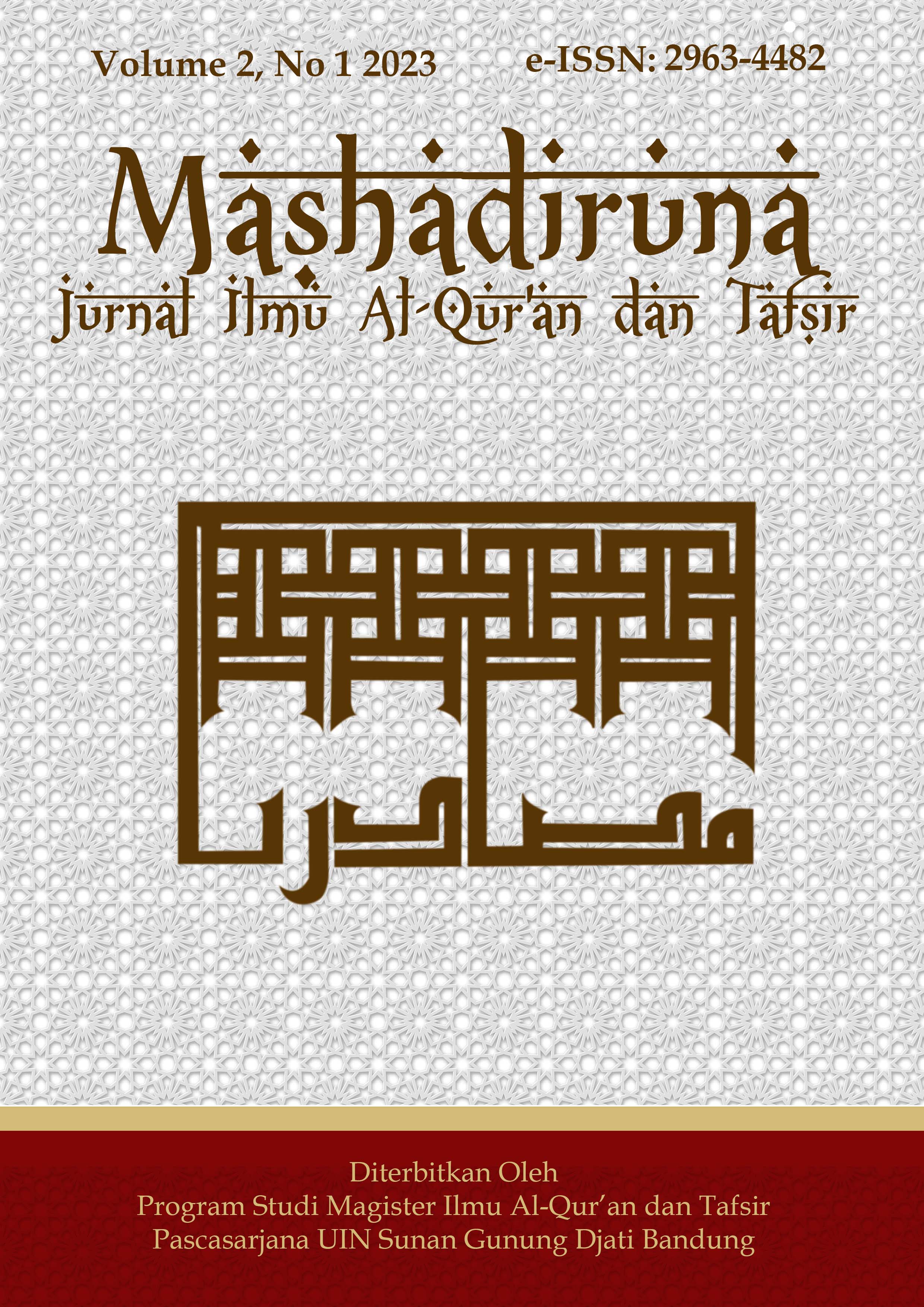Abdullah Saeed's Interpretation of the Verses “Death and Ascension†of Prophet Isa AS in the Quran
DOI:
https://doi.org/10.15575/mjiat.v2i2.25312Keywords:
Isa, Tafsir, Abdullah Saeed, Q.S. Al-Nisa’, 157-158.Abstract
Specifically, issues related to Prophet Isa are discussed in 15 surahs and 93 verses in the Quran. The name of Prophet Isa is mentioned 25 times in the Quran, scattered across fifteen different surahs. Meanwhile, the term “Al-Masih†is mentioned 9 times, with a direct discussion of death and crucifixion explained only in one verse, namely QS. An-Nisa verses 157-158. These verses are often interpreted by Muslims as the basis for the belief that Prophet Isa did not die. This view differs theologically from the Christian belief that Jesus was crucified and died to redeem the sins of humanity. The understanding of the Quranic text is further explored through the interpretations of Mufassirin, with the hope of producing the best interpretation from Abdullah Saeed and a more comprehensive understanding of the text. The type of research conducted is literature research, where the researcher focuses on collecting data and information from various sources in the library, including books, journals, manuscripts, notes, historical stories, and documents. Abdullah Saeed acknowledges that the Quran is the revelation of God sent to Muhammad, and he believes that the Quran existing today is the original holy book. However, Saeed also notes concerns about the numerous textual interpretations that tend to stop at literal exploration alone. Through this analysis, Saeed seeks to show the complexity of the meaning of the Quran that cannot be overcome by mere literature exploration. Therefore, in the current era of globalization, he advocates a contextual approach to find the true meaning of the text.References
Akrim, A. (2021). Quranic storytelling approach as educational model to teach religious values in the indonesian context. Educational Sciences: Theory and Practice, 21(1), 53–67. https://doi.org/10.12738/jestp.2021.1.005
Al-Thabari, M. bin J. I. Y. I. G. al-A. (1994). Tafsir al-Thabari “Jami’ al-Bayan ’An Ta’wil Ayi al-Qur’an. Mu’assasah al-Risalah.
Deedat, A. (1999). The Choice : (Dialog Islam-Kristen). Terj. Dr. Setiawan Budi Utomo. Pustaka Al-Kautsar.
Kartini. (1996). Pengantar Metodologi Riset Sosial. Mandar Maju.
Lawson, T. (2014). The crucifixion and the Qur’an: a study in the history of Muslim thought. Simon and Schuster.
Parrinder, G. (2022). Yesus dalam Al-Qur’an: Kajian Komparatif dalam Qur’an dan Injil. IRCISOD.
Qalyubi, S. (1997). Statistika Al-Qur’an (Pengantar Orientasi Studi Al-Qur’an. Titian Ilahi Press.
Qalyubi, S. (2009). Statistika al-Qur’an: Makna Di Balik Kisah Ibrahim. Lkis.
Qutb, S. (1996). Al-Taswir Al-Fann fi Al-Qur’an. Dar Al-Ma’rifat, t.th.
Rahman, F. (1982). Islam And Modernity. The University Of Chicago Pres.
Ridho, R., & Muhammad, S. (1947). Tafsir Al-Qur’an al-Hakim (Tafsir Al-Manar). An-Nadiroh.
Saeed, A. (2005). Interpreting the Qur’an: towards a contemporary approach. Routledge.
Saeed, A. (2006). Islamic thought: An introduction. Routledge.
Saeed, A. (2013). Reading the Qur’an in the twenty-first century: A contextualist approach. Routledge.
Saeed, A. (2015). Al Quran Abad 21 Tafsir Kontekstual. Mizan.
Saeed, A. (2017). Freedom of religion, apostasy and Islam. Routledge.
Schumann, O. (2013). 10 Ulama Bicara Isa Al-Masih dan Ajarannya: Membangun Kesadaran Kritis Hubungan Muslim-Kristen. PT. Elex Media Komputindo, Kompas-Gramedia, anggota IKAPI.
Sugiyono. (2008). Metode penelitian pendidikan:(pendekatan kuantitatif, kualitatif dan R & D). Alfabeta.
Syadili, S. Q. I. H. (1993). Fi Zilal Al-Qur’an. Dar al-Syuruq.
Yahya, A. S. (2016). Fikih Toleransi. Aswaja Pressindo.
Downloads
Published
Issue
Section
License
Authors who publish with this journal agree to the following terms:
- Authors retain copyright and grant the journal right of first publication with the work simultaneously licensed under a Creative Commons Attribution License that allows others to share the work with an acknowledgment of the work's authorship and initial publication in this journal.
- Authors are able to enter into separate, additional contractual arrangements for the non-exclusive distribution of the journal's published version of the work (e.g., post it to an institutional repository or publish it in a book), with an acknowledgment of its initial publication in this journal.
- Authors are permitted and encouraged to post their work online (e.g., in institutional repositories or on their website) prior to and during the submission process, as it can lead to productive exchanges, as well as earlier and greater citation of published work (See The Effect of Open Access).
